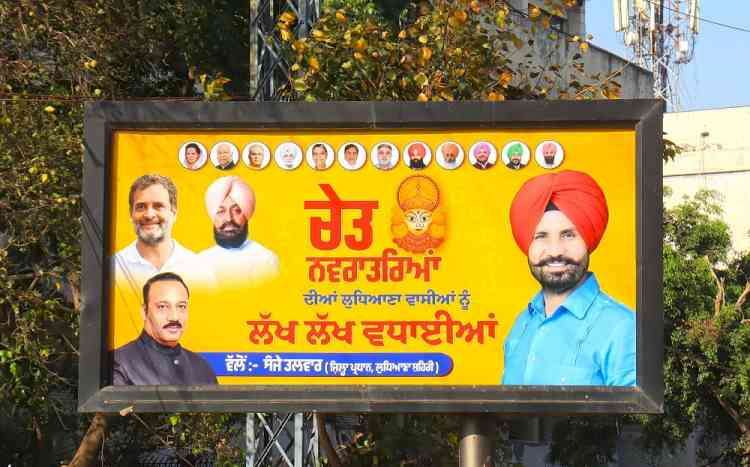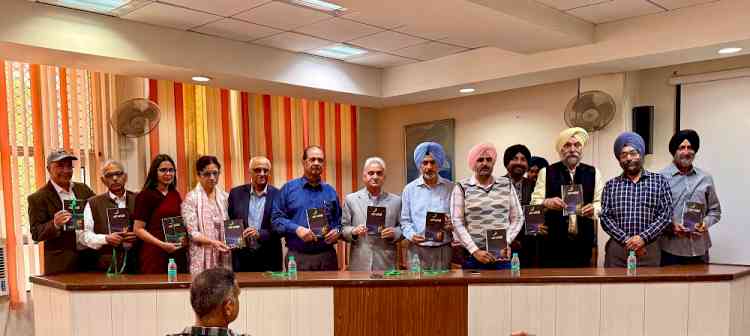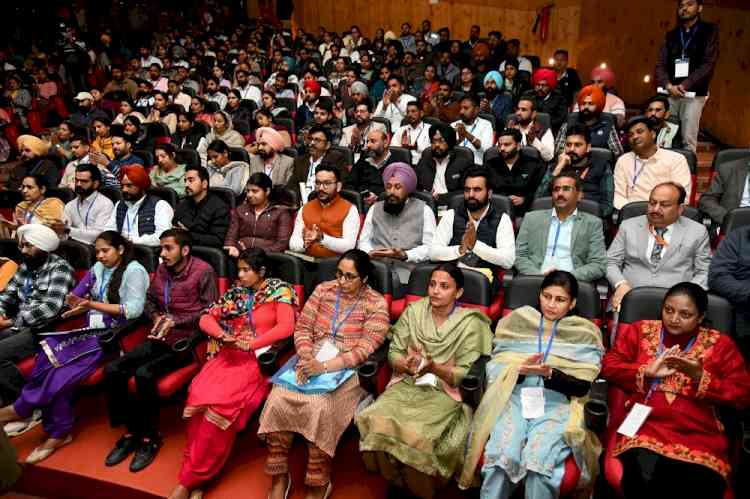ROLE OF WEATHER FORECASTING in successful cultivation of vegetables
Author(s): Ruma DeviLakhbir Kaur Dhaliwal Satpal SinghAgriculture in India is highly dependent on the vagaries of weather which manifests itself through its effects on plant growth and development. Any aberration in the weather conditions...

Agriculture in India is highly dependent on the vagaries of weather which manifests itself through its effects on plant growth and development. Any aberration in the weather conditions like delay in the outbreak of rains, untimely or excessive rains, droughts, or spells of too-high or too-low temperatures seriously affect the crop yield. Reliable and timely weather forecasts are of vital importance for proper, foresighted and up-to-date planning of vegetable production which is full of uncertainties.
Vegetable crops are planted in a tight schedule to provide orderly harvest and marketing. Growing time from planting to harvesting for most of the vegetables typically vary from 60 to 90 days. Most of the vegetables should be harvested on time and processed within 24 to 48 hours period to maintain the quality. Weather information is, therefore, critical at all stages of planning, planting, pest control and harvest of vegetable production.
The first and foremost aim of weather forecasting is to render timely advice to farmers on the actual and expected weather and its likely impact on the various day-to-day farming operations.
In present times we have many improved technologies for making weather forecasts as well as for their dissemination to the farmers who are least aware of these technologies. The advisories are prepared by taking into account the stage of the crops, agricultural operations in progress, prevalence of pests and diseases, and the immediate impact of weather on crops.
Weather forecasts for agriculture can be grouped into short range forecast (valid up to 48 hours), medium range forecast (3-10 days in advance) and long range forecast (valid for more than 10 days). Each plays an important role in farm operations and planning of agricultural activities. In the following ways farmers can make use of the weather forecasts for their day to day execution of farm activities:
Planning:By using historical weather data, planting and harvest schedules of various vegetable crops should be developed. Historical data on daily high or low temperature averages, rainfall, frost and freeze dates are used to provide models for each crop each year.
Planting: Once the crop is sown, daily and near term 2 to 7 day forecasts are used to provide farmers guidelines on what adjustments are required to the planting schedule during the following week. These schedules reflect the impact of temperature (heat units), rainfall and moisture forecasts for the coming period. Satellite data transmission services are currently in use to provide current weather information, forecast information and satellite/radar information. Irrigation: Irrigation scheduling should be done as per the available weather forecasts. For example if rains are being forecasted during the coming 24, the hrs irrigation if scheduled on the said date should be postponed if not critical.
Pest Control: Weather plays an important role in the development of pests and diseases which are foremost causes of reduction in crop yield. Both disease scouting information and weather information require the use of disease thresholds to be useful. Mathematical models of plant disease developmenthave been developed which can be used to forecast disease outbreaks. To most effectively use the forecasting models, the weather conditions near the fields need to be monitored regularly, and then data need to be run through the computer models. To reduce the yield-loss, timely application of remedial measures is essential which is feasible with prior knowledge of the time and severity of the outbreak of pests and diseases. These control measures are costly and critical to maintaining quality and yield. A single spray application ranges from Rs 300-00 per acre. Among the forecasting programs available are potato and tomato early and late blight. This information is available at official website of Punjab Agricultural University, Ludhiana.
Harvest: Most of the vegetable crops have short harvesting period if optimum quality is to be maintained. The accuracy of forecasts is critical in production decisions on daily marketing and maintaining the quality production throughout the season. Both short-term and long-term weather forecasts can be used to adjust harvesting on day-to-day basis and their orderly flows of vegetables.
In the past, data collection has been a time consuming and expensive process. Recent innovations in weather data collection, the use of personal computers, and the development of the internet have made weather forecasting models easy. In the backdrop rapid changes in the technology, one can hope to meet the growing needs of quality vegetables through better use of weather information for the benefit of mankind.
(While Lakhbir Kaur Dhaliwal is from Department of Agrometerology, Punjab and Ruma Devi and Satpal Singh are from Punjab Agricultural University, Regional Station, Gurdaspur


 cityairnews
cityairnews 





